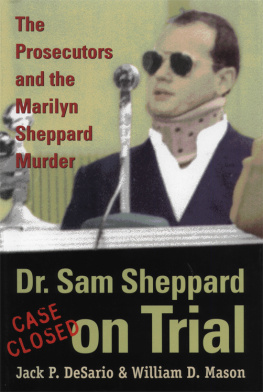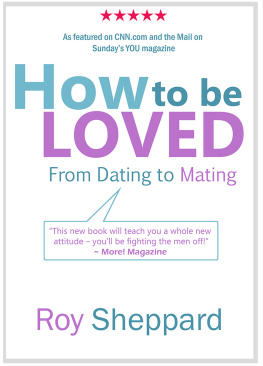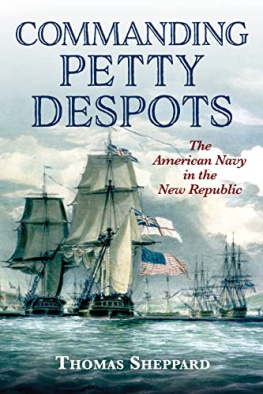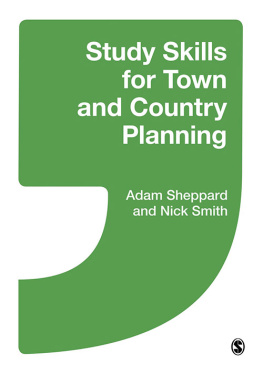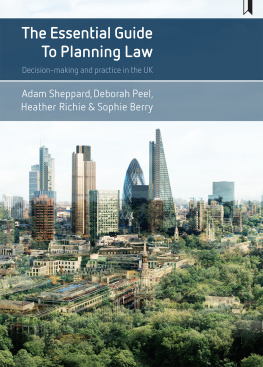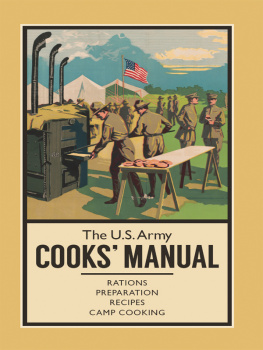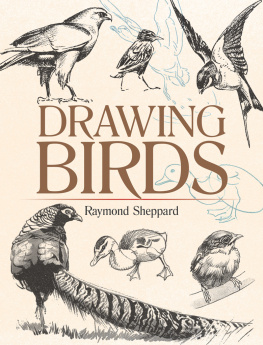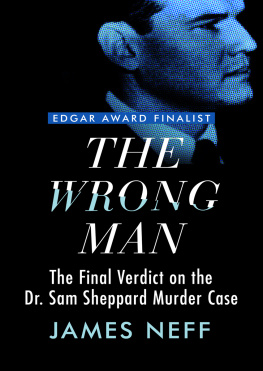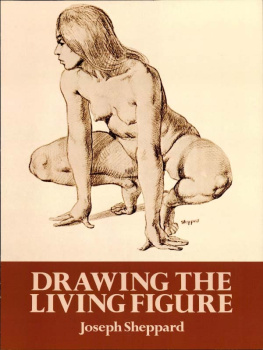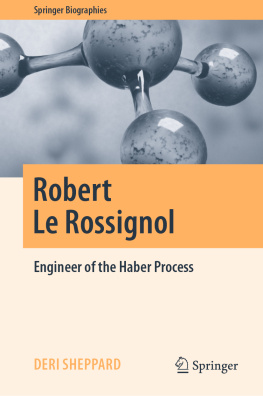Truth will come to sight; murder cannot be hid long.
M arilyn Reese Sheppard was brutally murdered in her bedroom on July 4, 1954. The cause of death was twenty-seven blows to her head by a heavy blunt instrument. She was thirty-one years old and four months pregnant. Her husband, Dr. Sam Sheppard, claimed that a bushy-haired intruder killed his wife, but with few exceptions the law enforcement community of Ohio believed then and continues to believe even now that Sam Sheppard was the murderer.
This book sets out the facts in this famous murder case, one that has obsessed the public for half a century. Although the murder occurred in the mid-twentieth century, it was still being litigated as the twenty-first began, and the legal verdict of guilty or not guilty seesawed back and forth through three trials.
With all the elements of a tragic dramaa handsome young doctor, a beautiful pregnant woman beaten to death with her young son sleeping in the next room, a mysterious intruder, marital infidelity, an idyllic setting in small-town suburban Americathis horrific crime and the subsequent trials have become part of American social history. From the beginning the Sheppard case has held the rapt attention of the media. It has been the subject of seven books and countless documentaries and is erroneously, but nevertheless strongly associated with, the long-running television series The Fugitive, popular made-for-TV movies, and even a major motion picture. It is our contention, however, that all of these have heightened the drama while misrepresenting the facts. All have been presented from the perspective of the accused. For the first time, here in this book, the States side is told.
The prosecutor in the third trial, in 2000, a civil suit brought by the Sheppard Estate for wrongful imprisonment by the State of Ohio, was William Mason, who initiated a complete review of the case before making a decision about how or whether to proceed. In his determination to reach the right conclusion, Mason and his team undertook an extensive reanalysis of the murder. No evidence went unexamined: new reports were consulted; witnesses were reinterviewed; new scientific techniques were employed; all prior testimony and statements were analyzed. Out of this exhaustive effort came the truth, and it is from this perspective that we tell the full story of this tragedy.
A New York native, I had heard of the Sheppard murder trial but had no clear grasp of the facts. During the winter of 2000 I read the accounts of the Sheppard wrongful imprisonment trial with great interest. The historical significance of this case and the legal complexity of presenting evidence, experts, and witnesses based on events that occurred in 1954 intrigued me. At the conclusion of the trial I invited Prosecutor William Mason to present his perspective of the Sheppard trial to a special convocation at Mount Union College, where I teach political science and law courses. Unlike other lectures hosted by the college, this one attracted a large and attentive audience from across the state. The account Mason provided was fascinating and contradicted many of the popular impressions and assumptions held by members of the audience. During the question-and-answer session that followed his lecture, Mason was barraged with a number of queries about specific suspects and evidence. Based on this dynamic interaction, it was clear that this case still had a public clamoring for information. I was convinced that this was a story that had to be toldfor the sake of all concerned: the public, the law enforcement community of Ohio, and the truth. I was certain that my background as both an academic and a lawyer would provide the sorts of insights essential to this project. When, excitedly, I approached Mason with the prospect of writing a book about the case from his perspective, he was reluctant. He did not want to be viewed as exploiting the case. I reassured him that I was interested only in telling the story as the pursuit of truth and as correcting the impugned integrity and reputations of those in the criminal justice community. And, after a series of meetings and lengthy discussion, my enthusiasm prevailed.
Once Bill agreed to collaborate on the task of retelling this legal epic, the daunting job of writing the book began. In preparation I was provided boxes of materials from the Prosecutors Office. Among the most important were those containing thousands of pages of the trial transcripts from 1954 and 1966 (the year of the second trial); hundreds of pictures of the crime scene, suspects, and evidence; and forty-four VHS tapes recording all of the testimony and most of the evidentiary hearings of the 2000 civil trial. During my comprehensive review of this material, I had numerous meetings with Bill, who shared his perspective of the events and his trial strategy, and several conversations with Steve Dever, who, as the other chief trial counsel for the Prosecutors Office, provided his recollections and reactions to various aspects of the civil trial.
While the account that follows references the two early criminal trials, the major focus of this work is the ten-week civil trial that ran from February to April 2000. During this trial seventy-six witnesses testified and more than six hundred exhibits were presented. (Within this context it must be noted that during these proceedings the Prosecutors Office was actually the Defendant in the case, with the Sheppard Estate the Plaintiff.) The events that transpired in preparation for and during the trial constitute in themselves a real-life drama. The resulting legal tempest would explode in the courtroom.
Jack P. DeSario
T here are a number of people whose encouragement, support, and assistance were essential to the completion of this book. I would like to thank my familyAdelaide, Mary Jo, Deanna, Tom, Nicole, Paul Anthony, Paul E., Kelly, and the twins Paul and Josephfor their love, which is a constant source of inspiration. I appreciate the encouragement provided by my good friend Gary Johnson, who assured me this was a worthwhile and intriguing project.

